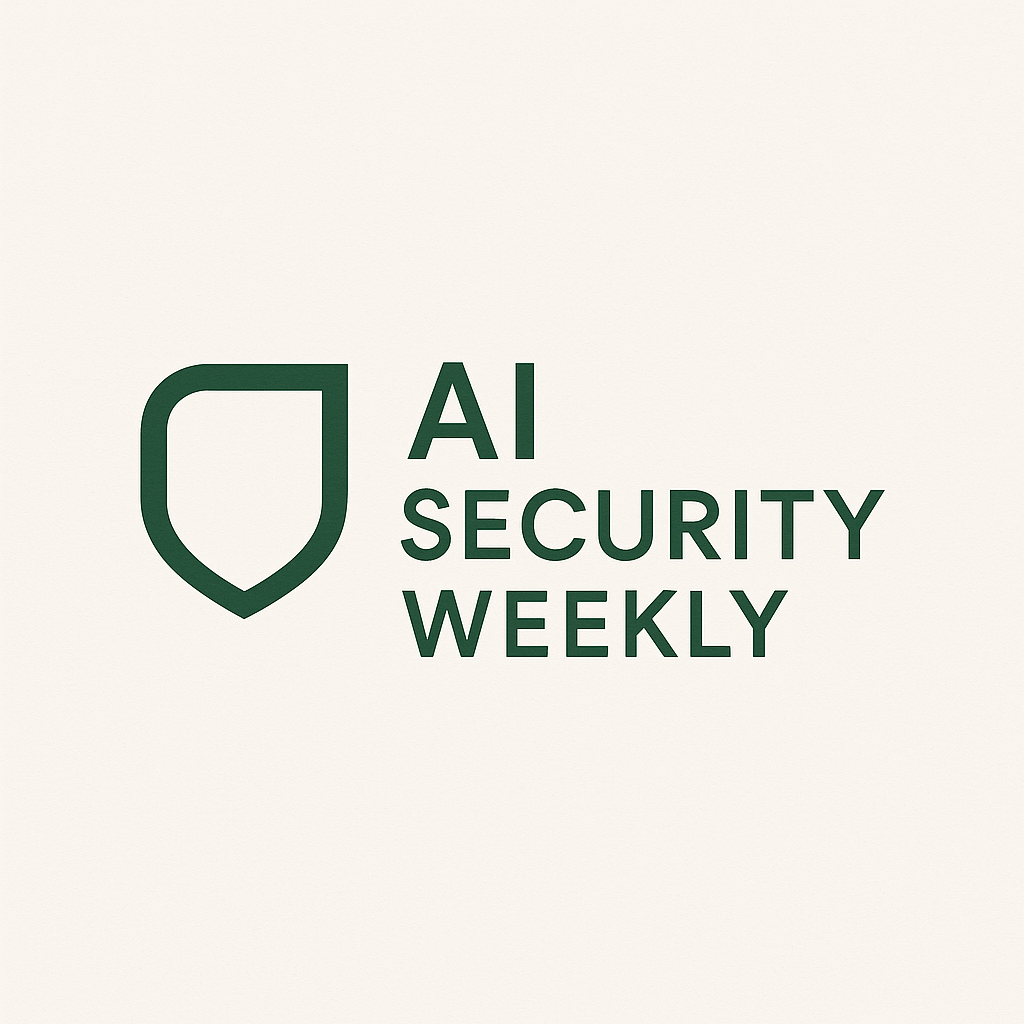Policymakers and educational leaders are vital in addressing the challenges and risks associated with artificial intelligence (AI) in education. They can accomplish this by creating strong policy frameworks. The use of AI-driven digital tools has the potential to exacerbate educational disparities while also introducing various risks, including threats to academic integrity through issues like plagiarism and cheating, as well as the erosion of essential skills. There are also significant concerns concerning inaccuracy, bias, discrimination, and data privacy.
Teachers will remain indispensable in the educational landscape, even with the introduction of AI-driven tutoring systems. AI lacks the depth of understanding and empathy that human educators provide, limiting its ability to cater to complex learning needs. Furthermore, AI tools are often not up-to-date and can present fabricated information, necessitating that students and teachers become adept at identifying these inaccuracies. As such, AI tutors are not yet reliable enough for educating young children who may struggle to detect errors.
Transparency and Explainability
AI models can often function as “black boxes,” concealing their internal mechanisms and complicating users’ understanding of their decision-making processes, such as learning pathways and grading. This lack of transparency can lead to biased outcomes or mistakes. Without the ability to comprehend how AI makes its recommendations, students, parents, and educators cannot evaluate the integrity or precision of these suggestions.
To foster acceptance and facilitate the effective application of AI in education, it is crucial to develop protocols that elucidate how AI models create and validate recommendations. Ensuring transparency and clarity in AI models is essential for building trust within educational settings.
Privacy and Data Security
Ensuring privacy and data security is fundamental to establishing trust in AI-based educational tools, promoting technology that enhances learning while safeguarding the rights of students. AI systems often depend on extensive student data to offer personalized learning experiences and track individual progress. However, the collection and storage of sensitive information, such as academic achievements and behavioral trends, raise serious questions about data access and usage.
Impact on Learning Quality and Academic Integrity
Educators have expressed concerns that excessive reliance on AI tools, particularly Generative AI, could diminish students’ research, critical thinking, and communication skills. Because Generative AI can produce essays and complete assignments that appear acceptable, it has led to discussions around prohibiting its use or finding ways to detect AI-generated work. Clear guidance and policies on the ethical and effective use of AI are crucial for students.
As educational institutions adopt AI strategies, it is important to continually assess outcomes while gathering feedback from stakeholders, particularly concerning equity. This allows for necessary adaptations to improve effectiveness and close any gaps in learning opportunities.
Lack of Digital and AI Skills
Most educators have yet to incorporate AI into their daily teaching practices, largely due to a lack of understanding of how to do so effectively. Teachers require urgent support, guidance, and resources to utilize AI tools that enhance teaching and learning. A report from EdWeek Research Center in 2024 highlights that the main reason for the absence of AI integration in U.S. education is insufficient knowledge and support.
Lack of Digital Infrastructure
Effective use of AI in education demands that both teachers and students have access to digital devices, reliable internet connections, and secure platforms. Failure to ensure this universal access can deepen the digital divide and exacerbate educational inequity, particularly in underserved communities lacking stable internet and computing resources. Promoting equitable access to AI-enhanced education requires investments in high-speed internet, digital devices, and reliable electricity in some regions.
AI educational tools, such as adaptive learning platforms and intelligent tutoring systems, necessitate a substantial financial investment for implementation, maintenance, updates, and data security. The integration of AI calls for advanced data systems to manage student information, which must comply with rigorous privacy regulations, ultimately increasing the costs related to software, data protection, and staff training. Many educational institutions, particularly those in underfunded areas, face challenges in financing traditional resources, let alone the advanced technologies and their associated security requirements.



